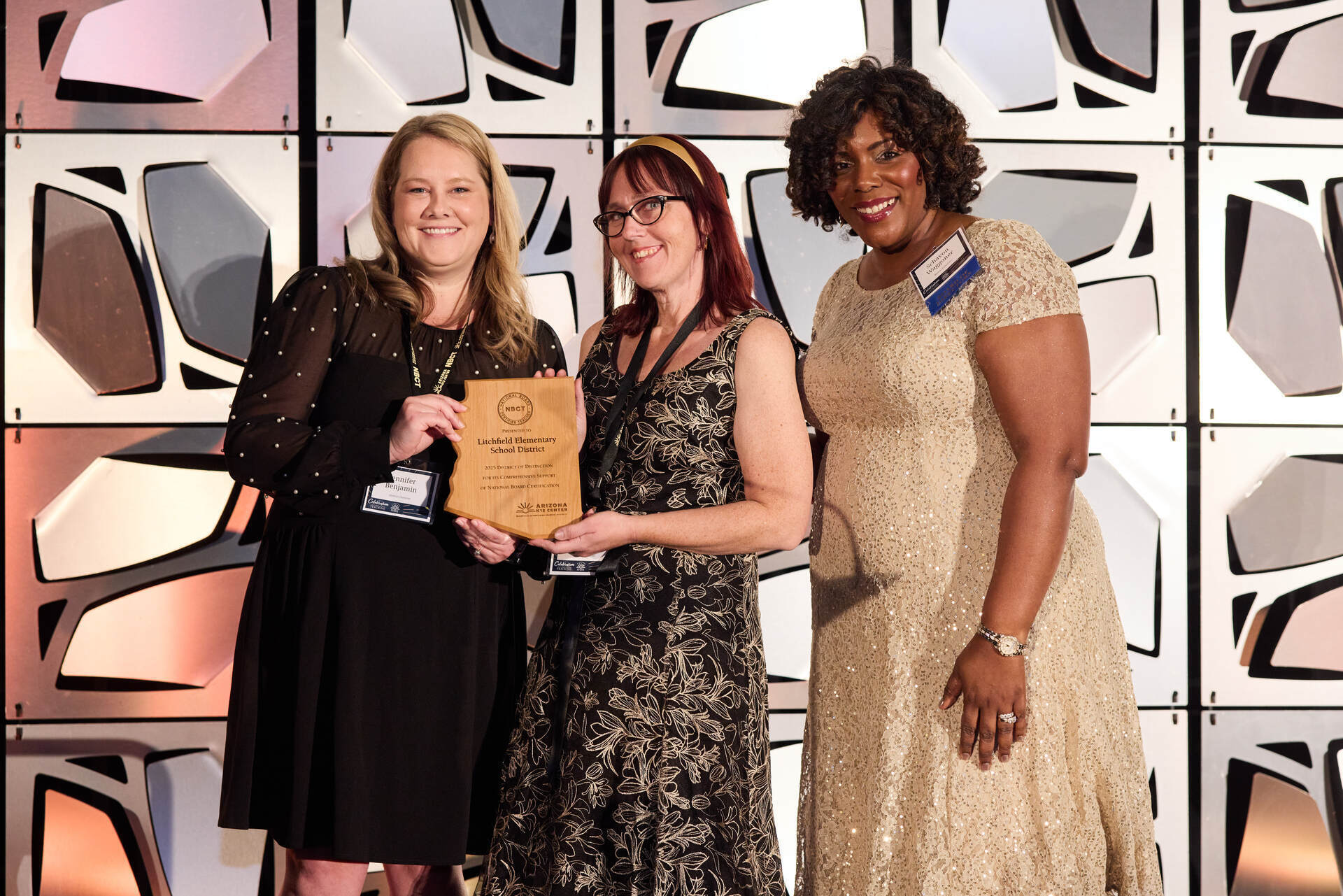October 23, 2017
Impact Where It Matters
Change requires work and knowing where to start can be confusing. Read on to learn how you can impact change!
“Your future is created by what you do today, not tomorrow.”- Robert Kiyosaki
Change.
A six-letter word that may be short in nvarchar(max), but when implemented, sometimes seems larger than life. Often times, as educators, we have experiences that push us to change, but we don’t know exactly where to start. As an educator, the heart of change relates directly to the impact on my students.
Viewing change through this lens allows educators to prioritize where they focus their energy and resources when pursuing efforts to make change. The question that eludes me, time and time again, is the how do I move from the idea to change to the action of enacting change. One of the aspects of moving from thinking to doing includes finding a catalyst.
At times the catalyst might be a colleague, an administrator, or a community member. The catalyst might be someone willing to support your ideas, act as a thought partner, or provide resources in the effort to see your desired change become a reality.
My catalyst for change was two-fold; at the time the news of recess legislation intrigued me, as I looked at what other states were doing, and what could be possible in Arizona. I also reflected on what recess was like as I began teaching and how it was slowly pared down to allow for an increase of instructional minutes. This catalyst prompted me to explore and write this blog post about a 50-minute recess with my kindergarten students. I saw the need for this change in schools, and I saw how my students’ behavior changed when they had shorter recess periods. I saw that conversations between students changed based on whether they were at recess or in the classroom. I saw value in the amount of recess students received and articulated that to stakeholders to engage others in this work.
In engaging with this experience I found ways to advocate for recess as instructional time, instead of in place of. During recess, my students were practicing, meeting, and often exceeding standards while on the playground. Through collaboration, discussion, applying new knowledge, making hypotheses, and testing them, change was in action.
My administration was also a catalyst for change. Administration supported me in going through this experience through follow-up conversations and conversations around perspectives. My administrator became a thought partner around the topic of extended recess. We discussed the history of recess, as I knew it, from being in the district for eight years. We discussed impact, surfaced things that could be problems, and found solutions.
The experience and conversation moved my school toward looking at the impact of recess across all grade levels at the school. As a kindergarten grade level team, we implemented extended recess while collecting data on student behaviors. Data helped to further support the rationale for change. The information we gathered was shared and the impact was evident. We moved from one grade level having an extended recess, to all of the grade levels implementing an extended recess.
As you continue through your year, remember that impact of making change in your schools is valuable. Consider the process below when striving for change:
- View change through the lens of impact on students
- Articulate the need for change to various audiences
- Engage others
- Focus energy and resources
- Implement change
- Gather information
- Share











